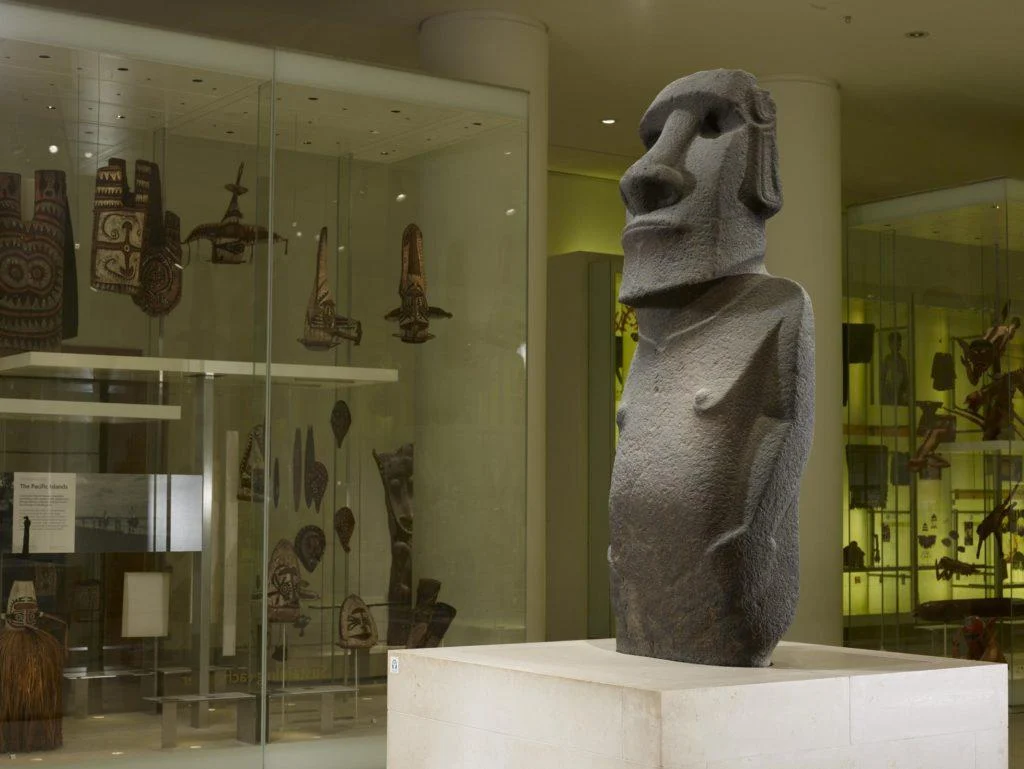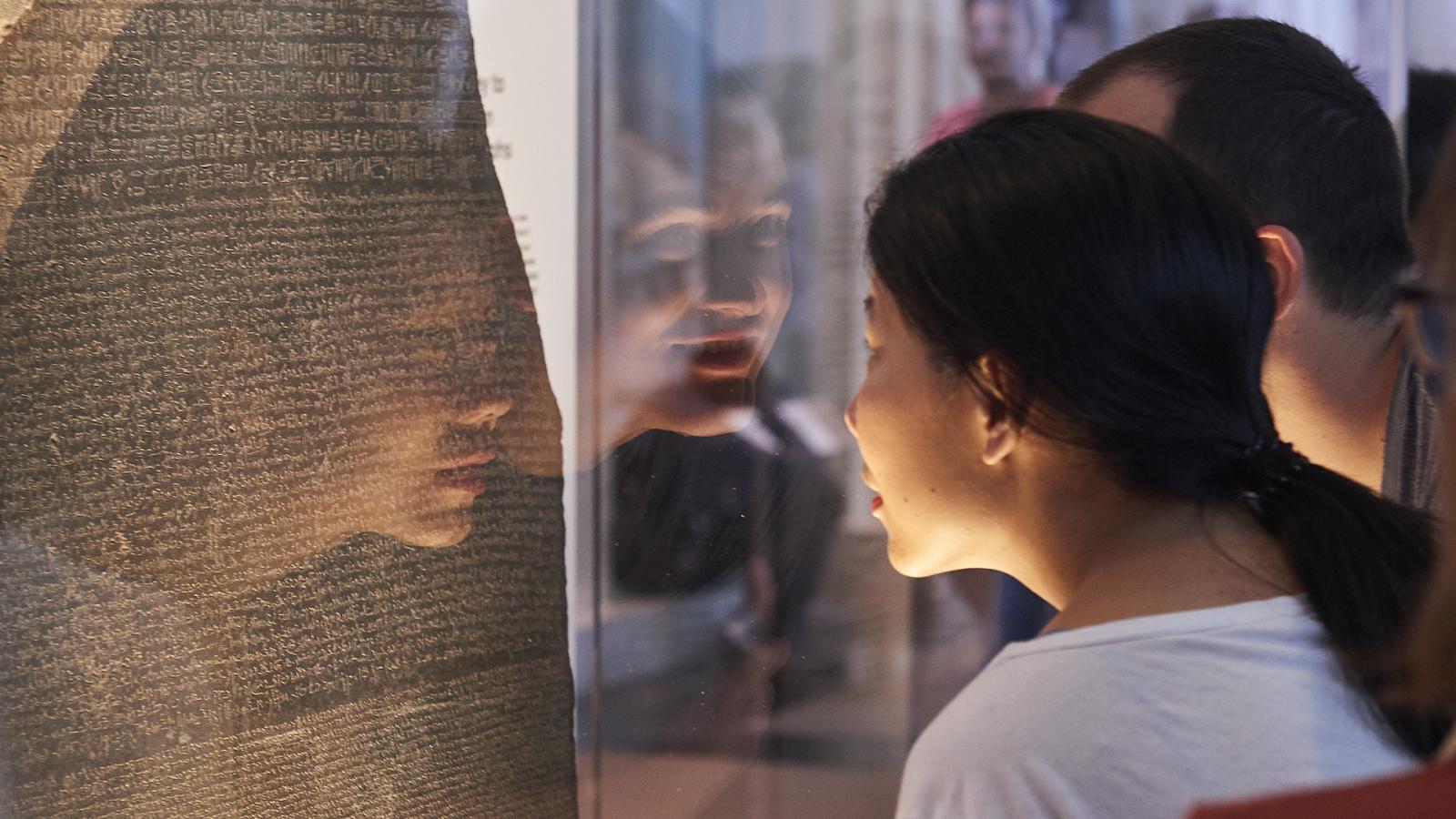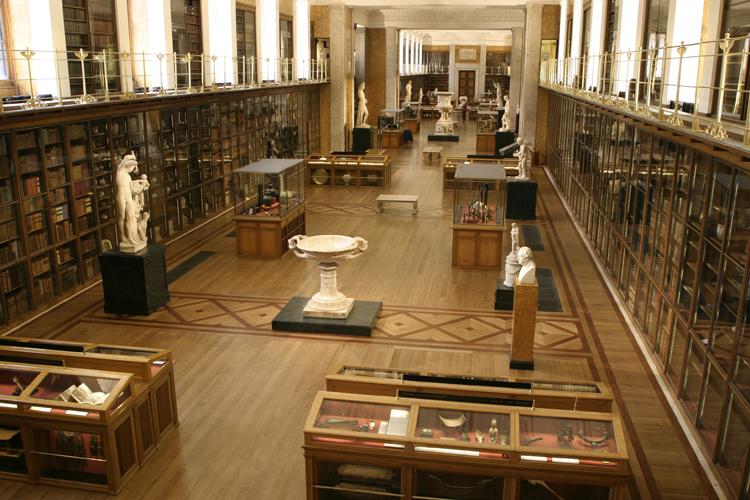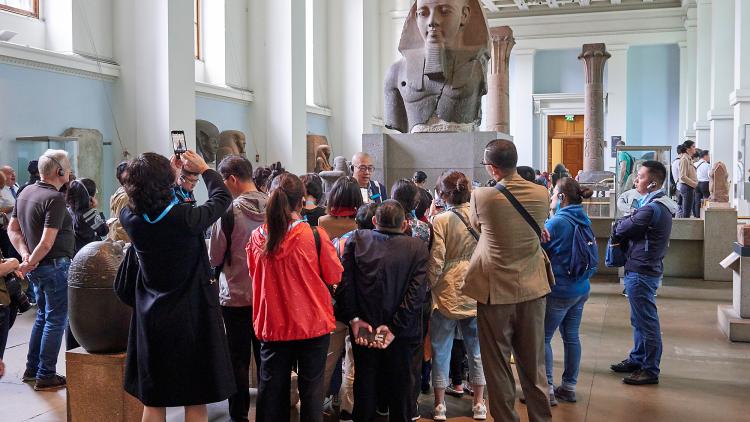Step into the grand narrative of Human Civilisation – and let's be clear, some of these narratives are so utterly compelling, as James Acaster might say, "you can't have it back, we're still looking at it." Meantime, you can immerse yourself in two million years of human ingenuity, artistry, and sheer audacity, all housed within the hallowed (and quite imposing) walls of the British Museum.

This isn't merely a collection; it's a living, breathing chronicle, a staggering testament to humanity's journey across continents and epochs. Opened to "all studious and curious persons" way back in 1759, it was the world's first truly public national museum. Its very existence sprung from the colossal curiosity of Sir Hans Sloane, whose vast personal hoard – some 71,000 objects, plus books and manuscripts – became the nation's inheritance. From that foundational gift, the museum has swelled to house an mind-boggling eight million objects. That's a lot of things to not give back, isn't it?

At its geographical and metaphorical heart lies the magnificent Great Court, a soaring, glass-domed expanse that was once the domain of the legendary Round Reading Room. Imagine the intellectual horsepower that once hummed beneath that dome – Marx, Gandhi, and countless scholars poring over texts, unknowingly creating the very fabric of modern thought. It's a grand declaration that knowledge, and the objects that inspire it, should be open to all.

Now, let's talk about the rock stars of this particular show. These are the pieces that make you feel like you're standing on the precipice of history, so significant they've practically got their own fan clubs:
- The Rosetta Stone: This isn't just a heavy slab of ancient rock; it's the ultimate linguistic Rosetta Stone (pun absolutely intended). Found in 1799, its triplicate inscription – in hieroglyphs, Demotic, and ancient Greek – was the ingenious key that finally unlocked the secrets of ancient Egypt. Without it, entire millennia of pharaohs, gods, and daily life would remain an indecipherable mystery.
- The Parthenon Sculptures: Majestic and utterly captivating, these marble masterpieces once graced the Parthenon in Athens. They are the zenith of classical Greek artistry, embodying an ideal of beauty and human achievement that still resonates today. Whether you call them the Elgin Marbles or the Parthenon Sculptures, their presence here offers a direct, powerful connection to one of the cradles of Western civilisation.
- Egyptian Mummies: Prepare to be utterly mesmerised, and perhaps a little bit spooked. The museum's Egyptian collection is phenomenal, featuring beautifully preserved mummies, their intricately painted coffins, and a wealth of funerary objects. They offer a tangible, almost intimate, glimpse into the elaborate belief systems of a people who meticulously prepared for the afterlife.
- The Sutton Hoo Ship Burial Collection: A discovery right on British soil that rewrote our understanding of Anglo-Saxon England. Unearthed in Suffolk in 1939, this astonishing hoard includes the iconic ornate helmet and other treasures from a ship burial, likely of a powerful king. It's a dazzling display of craftsmanship and provides invaluable insights into early medieval warrior culture.
- The Lewis Chessmen: These whimsical, yet exquisitely carved 12th-century chess pieces, fashioned from walrus ivory and whale teeth, have a charm all their own. Discovered on the Isle of Lewis, they're believed to be of Norwegian origin and bring a delightful, playful touch to the serious business of history.
And that's just scratching the surface! Beyond these icons, you can wander through galleries dedicated to the Roman Empire, the treasures of Mesopotamia, the vibrant cultures of the Americas, the intricate arts of Asia, and the dynamic heritage of Africa. Every gallery is a portal, every object a conversation starter.

So, for your intellectual escapade, here's what you need to know:
Location:Great Russell Street, London, WC1B 3DG
Opening Times:
- Daily: 10:00 AM – 5:00 PM
- Fridays: Late opening until 8:30 PM (last entry 8:15 PM)
- Closed: 24–26 December, and January 1st.
- Please note: Galleries begin clearing 10 minutes before the official closing time.
Admission:
- General Admission: FREE! Absolutely no charge to wander through two million years of human history.
- Special Exhibitions: May require a paid ticket (typically around £18 for adults).
- It is highly recommended to book your free timed-entry ticket in advance online via their website to guarantee seamless entry, especially during school holidays or peak tourist seasons. Don't just show up expecting to waltz straight in!
Closest Tube Stations (all within an 8-minute stroll, so pick your line):
- Holborn (Central and Piccadilly Lines) - Often the most direct for many.
- Tottenham Court Road (Central and Northern Lines, plus the Elizabeth Line) - Great if you're coming from the West End or further east.
- Russell Square (Piccadilly Line) - Good for a slightly quieter approach.
- Goodge Street (Northern Line) - For a different angle of approach into Bloomsbury.
Contact Details (for The British Museum):
- General Enquiries Telephone: 0207 323 8000
- Email (Customer Services): customerservices@britishmuseum.org
- Website: www.britishmuseum.org (Your go-to for booking tickets and checking the latest exhibition info!)
Give yourself at least half a day to truly scratch the surface, or ideally, plan for multiple visits. The British Museum isn't just a place to see; it's a place to ponder, to marvel, and to understand just how interconnected our human story truly is. Go forth and be amazed!




